Chlorazol Black E CAS: 1937-37-7 | MF: C34H25N9Na2O7S2 | MW: 781.73, Buy now Histological Stains & Dyes for Histology, Cytology, Microbiology, Hematology & Biology Lab from TriStains. All Tristains products are exclusively distributed by Dawn Scientific Inc.
Chlorazole Black E is a dark brown to black Crystalline powder. Chlorazol Black E is a synthetic dye that is derived from aromatic compounds. It is primarily composed of azo linkages, which give it its characteristic black color. The dye is typically available as a powder or granules and can be dissolved in water to form a black dye solution.Its chemical formula is C34H25N9Na2O7S2. Its synonyms are 4-Amino-3-[[4′-[(2,4-diaminophenyl)azo][1,1′-biphenyl]-4-yl]azo]-5-hydroxy-6-(phenylazo)-2,7-naphthalenedisulfonic acid disodium salt, Chlorazole Black E, Direct Black 38. Chlorazol Black has strong affinity for cellulose and chitin. Chlorazol Black E has applications as a biological stain in histology and microscopy.
TriStains provides a marketplace for histology and biological stains, which is comprehensive enough to encompass the peculiar requirements of laboratories specializing in Histology, Cytology, Microbiology, and Hematology. With a reputation for exceeding quality expectations, TriStains performance is outstanding which allows for resolution of cell and tissue components fundamental to life sciences to be clearly visualized. Each product under TriStains series is validated for accuracy, reliability and consistency. TriStains, which manufactures and markets stains and indicators in various packing, offers laboratories turn key solutions for all their staining and indicator needs, improving accuracy in every experiment.
Application :
- Chlorazol Black has been used to monitor the infection of mycorrhizal Allium porrum in plant roots. It has also been used for the staining of copepods.
- In plant tissues, Chlorozol Black E helps to differentiate between cellulose and lignin.
- It also helps in distinguishing fungal bodies from artefacts due to chitin staining.
- It is also used as an auxiliary stain for chromosomes.
Benefits :
- Widely used in histological staining
- Gives accurate and reliable results
- Versatile and compatible stain
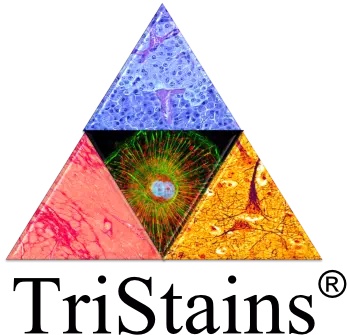
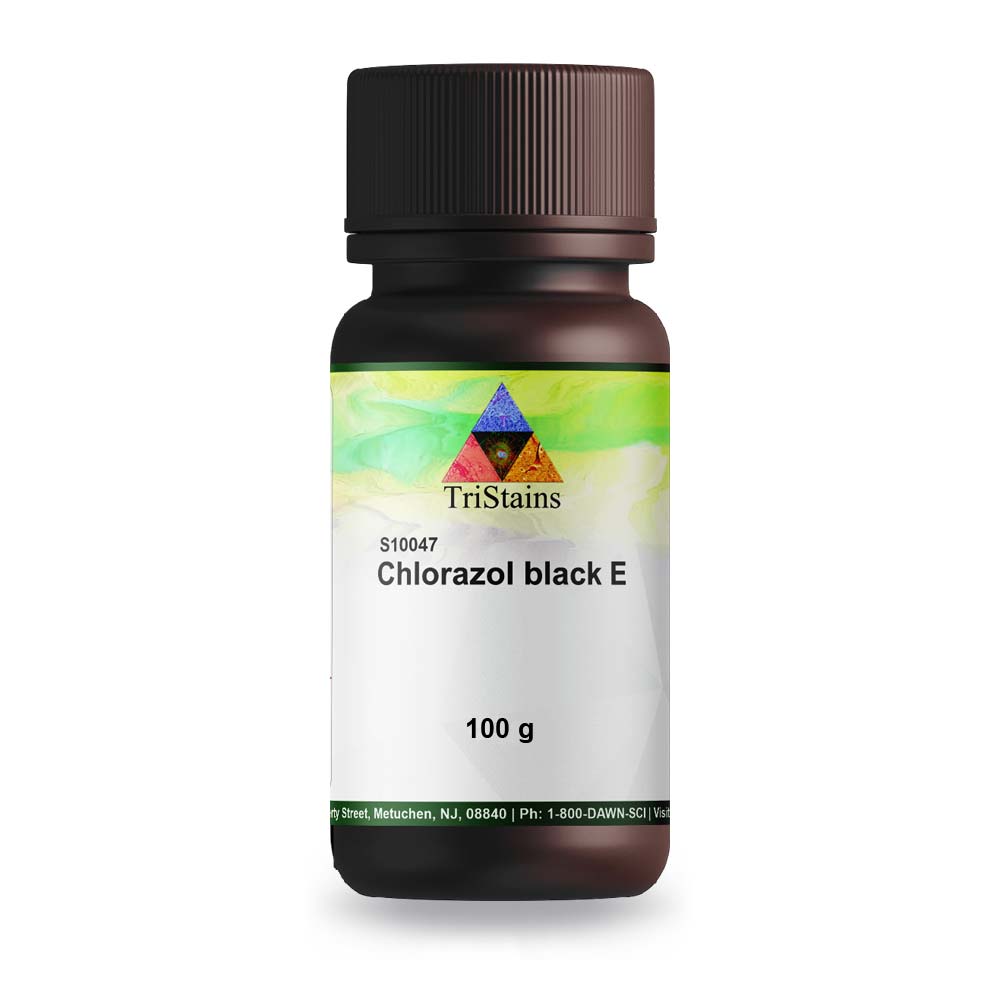
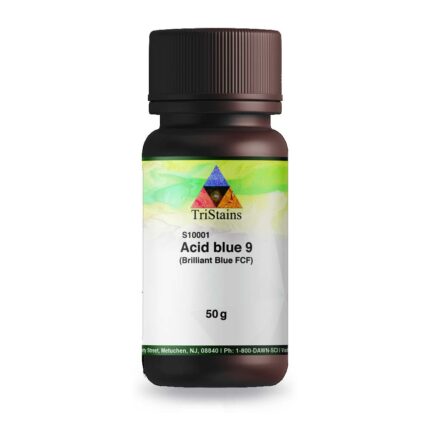

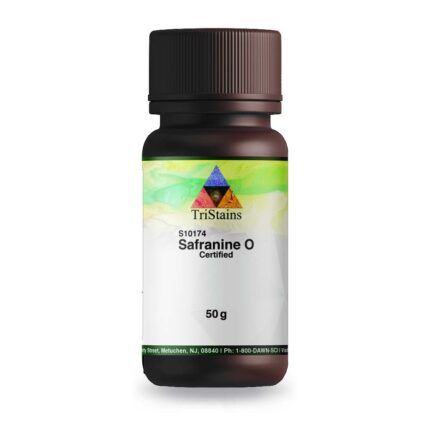
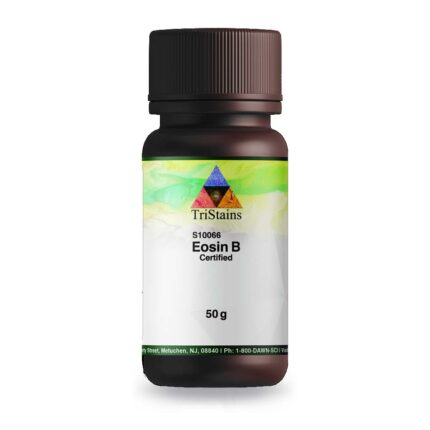
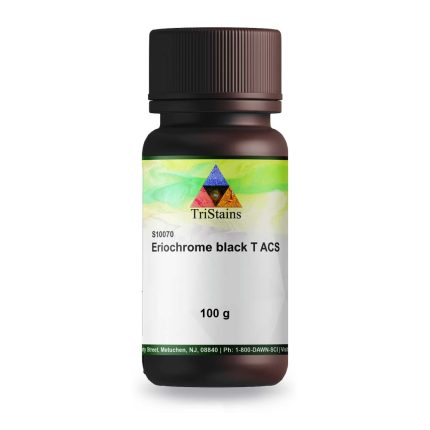
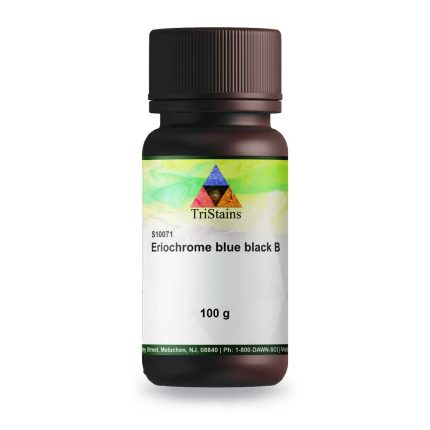
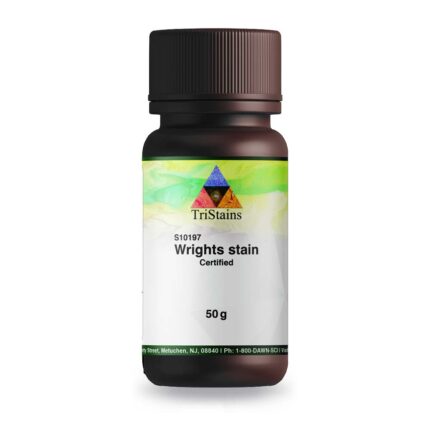
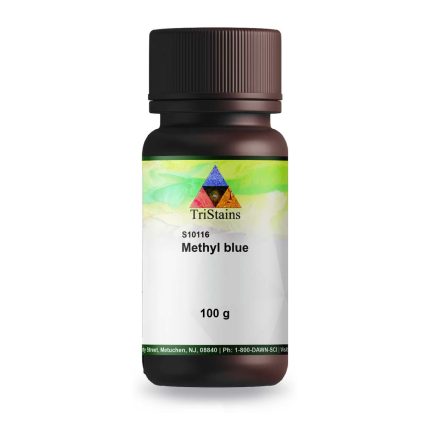



Reviews
There are no reviews yet.